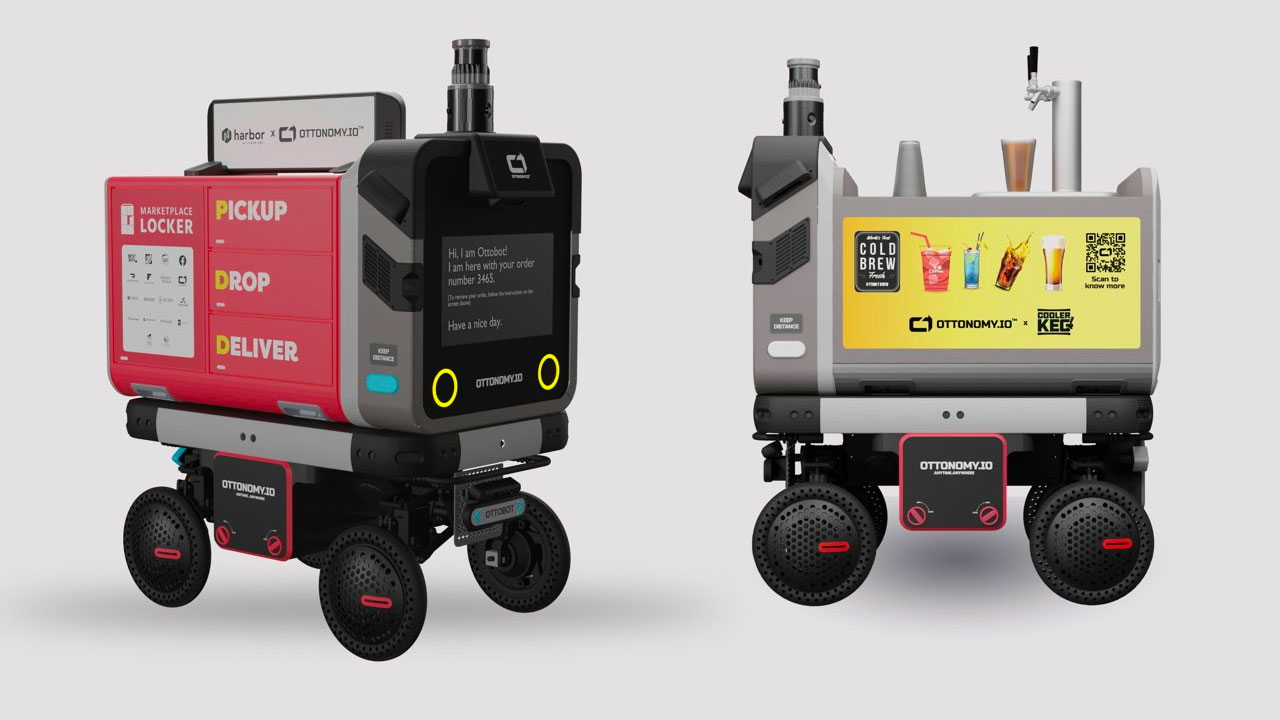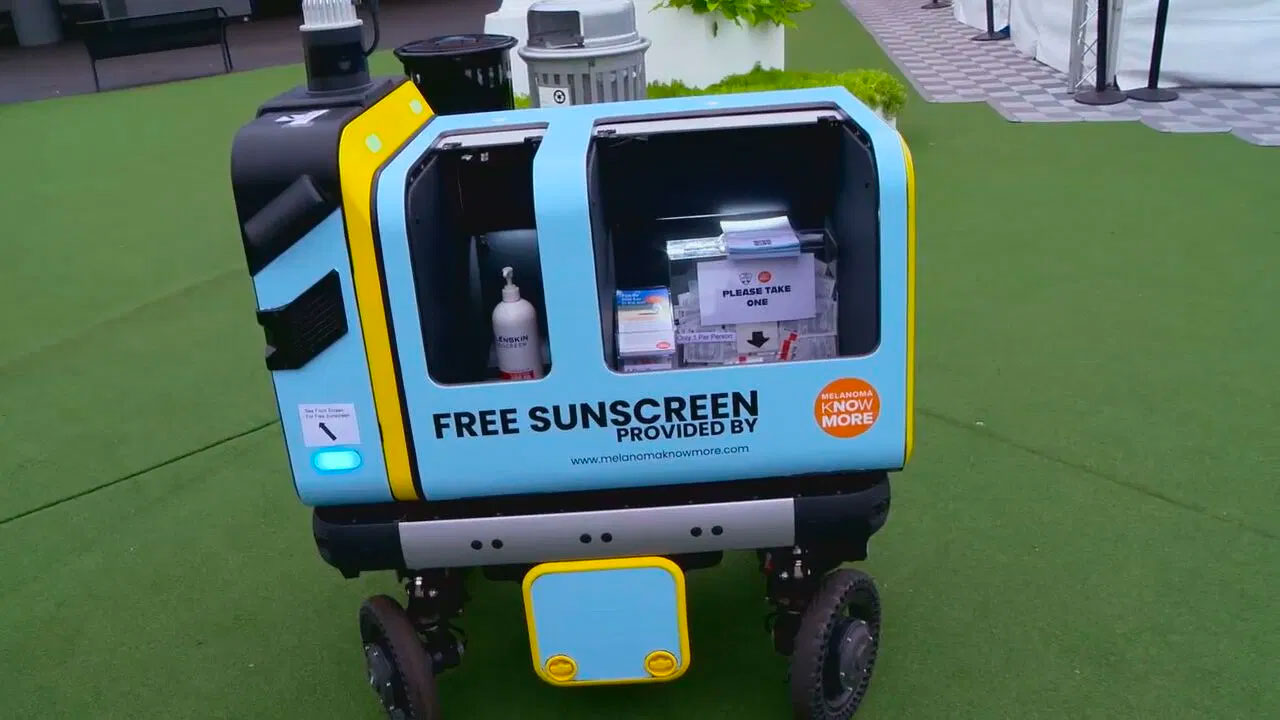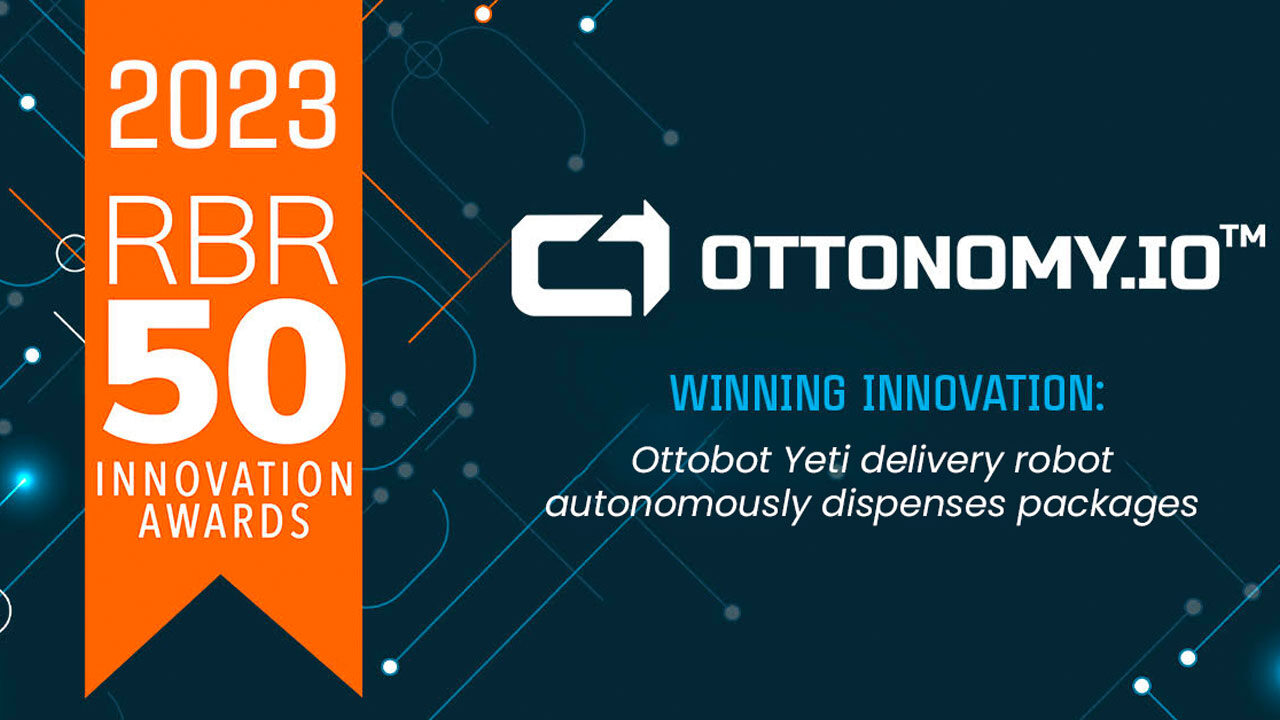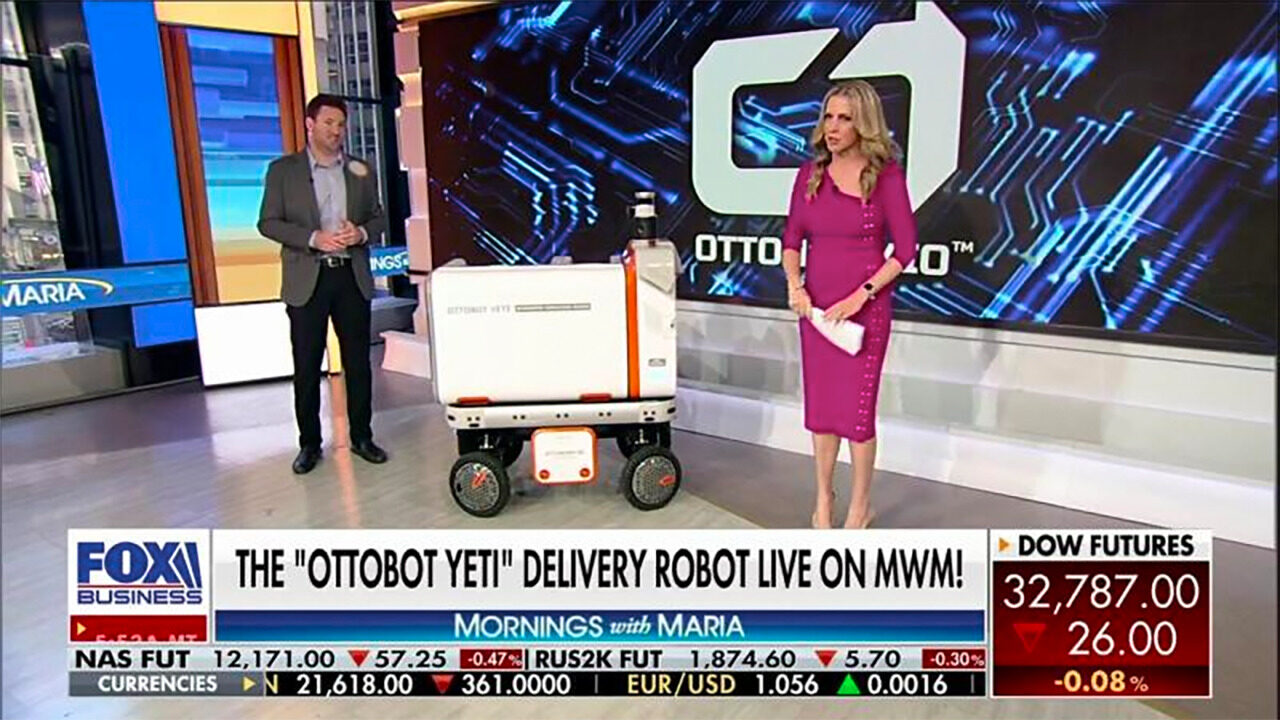Delivery Robots Are Bridging The Gap Arising From The Labor Shortage

Getty | Forbes Technology Council
Food delivery (Delivery Robots) has come a long way.
Consumer food delivery dates back to the late 19th century when King Umberto and Queen Margherita had a pizza sent to their palace in Naples.
Over 100 years later, consumers—regal or not—have become accustomed to getting food delivered to their homes and offices. But companies are struggling to ensure timely and economical deliveries amidst an unprecedented labor shortage.
According to the U.S. Chamber of Commerce, 47 million U.S. workers quit their jobs in 2021 to find better-paying opportunities, to achieve a better work-life balance or to search for a corporate culture that is more amenable to their lifestyle.
While the labor shortage is good news for workers, as it enables them to drive a better bargain for themselves, it has significant repercussions for companies whose customers are accustomed to getting deliveries done at a time and place of their choice. But these companies, which deliver everything from bagels to Barbie Dolls to customers, aren’t standing still. Instead, they’re turning to delivery robots to ensure timely deliveries and to meet ever-increasing consumer needs. This urgent gap in the market is what propelled our company to build a fully autonomous delivery robot. With my background in autonomous vehicle technology and our team’s deep experience in robotics, we merged the two ideas to address this more immediate need and have been seeing tremendous traction in retail, restaurants and airports.
Why Delivery Robotics?
• Hotels like Hilton and Marriott are using AI and robots to deliver meals, wine bottles and dry cleaning, among other goods, to guests.
• Delivery companies like GrubHub and Uber Eats are getting into the robotics game, too, partnering with robot companies to get meals to customers safely and efficiently.
• Major retailers are expanding their robot deployments from warehouses to customer-facing roles. In January 2019, Amazon rolled out Scout, its new self-driving delivery robot. Federal Express has its own delivery robot called Roxo.
• Airports like Cincinnati International Airport are already using autonomous delivery robots to deliver food and goods to guests from retailers to their terminals.
What do these brand-name companies see as “upsides” in delivery robotics?
To start, robots are faster, affordable, safer and trackable. Delivery robots can also interact with customers, pose no threat to human drivers and bicyclists, and are environmentally friendly to boot.
Filling The Labor Gap
It’s the labor landscape where deliverable robots are capable of making the biggest difference. “With labor shortages throughout manufacturing, logistics, and virtually every other industry, companies of all sizes are increasingly turning to robotics and automation to stay productive and competitive,” said Jeff Burnstein, president of the Association of Advancing Automation, in a statement.
The reasons why so many companies are opting for delivery robots are understandable—and necessary.
They’re augmenting the lack of human workers. Ask a company that’s deploying delivery robots, and they’ll say the shift to technology is an aid and not a replacement for humans. Robots that deliver pizzas or serve customers are doing a job that humans don’t want to do—at least right now.
They’re saving companies money. Companies in the hotel and restaurant sectors operate on thin profit margins.
The long shadow of Covid has left restaurants, pubs, and coffee shops in a precarious financial position. Additionally, the high inflation rate, which is driving prices of goods and services upward, is creating additional strain on the margins.
With delivery robots, these companies can leverage efficient and budget-friendly solutions to get food and drinks to customers fast. That not only enhances the user experience but it allows hotels, resorts, and restaurants to insulate themselves from labor shortages and improve the trust and reliability aspects of their personal brands.
Consumers are warming up to robot deliveries. Data shows that customers are comfortable with robots at their doorstep.
According to The Robot Report, if consumers knew an online order would be delivered by a robot, “73% of respondents would still place the order.” Numbers are also rising (on a worldwide basis), showing that consumer sentiment is increasingly positive on robot and drone deliveries going forward, with China, the U.S. and U.K. consumers especially bullish on delivery robots.
The Takeaway On Robots In The Era Of The “Great Resignation”
With only about 10% of job-seekers describing their job search as “urgent,” businesses that rely on dependable deliveries to customers increasingly have fewer options with human workers these days.
Delivery robots are now helping business owners manage the return to pre-pandemic business practices—and some semblance of normalcy. Despite the labor shortage, companies are now capable of providing better service and customer experience.
Article by:
Forbes Councils Member
Ritukar Vijay is the CEO and co-founder of Ottonomy.io — a delivery robotics company.




